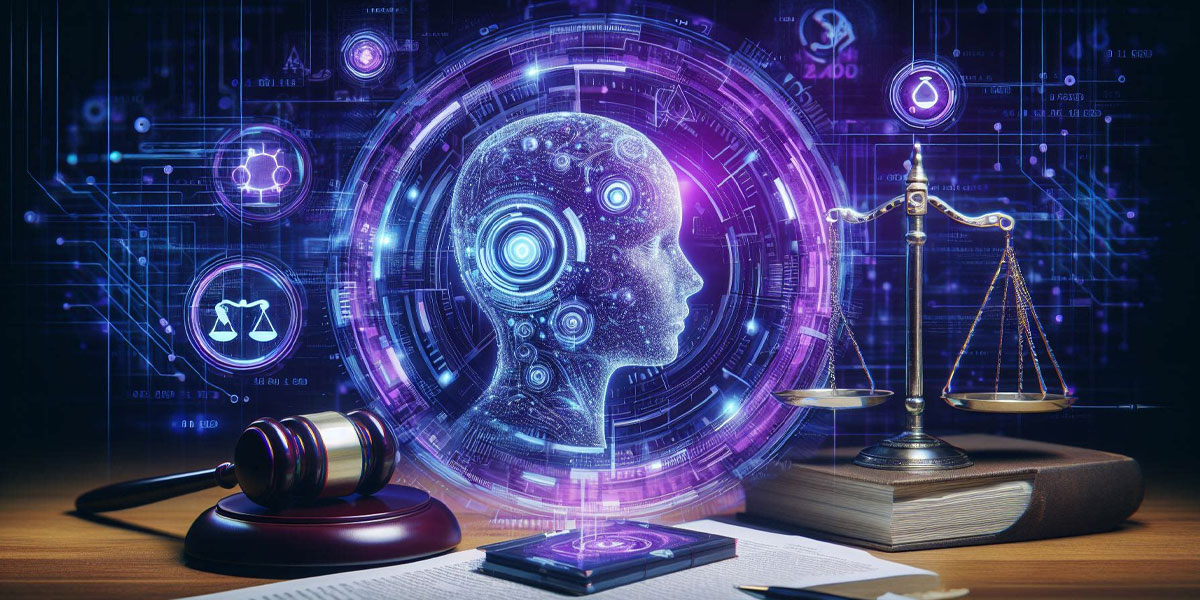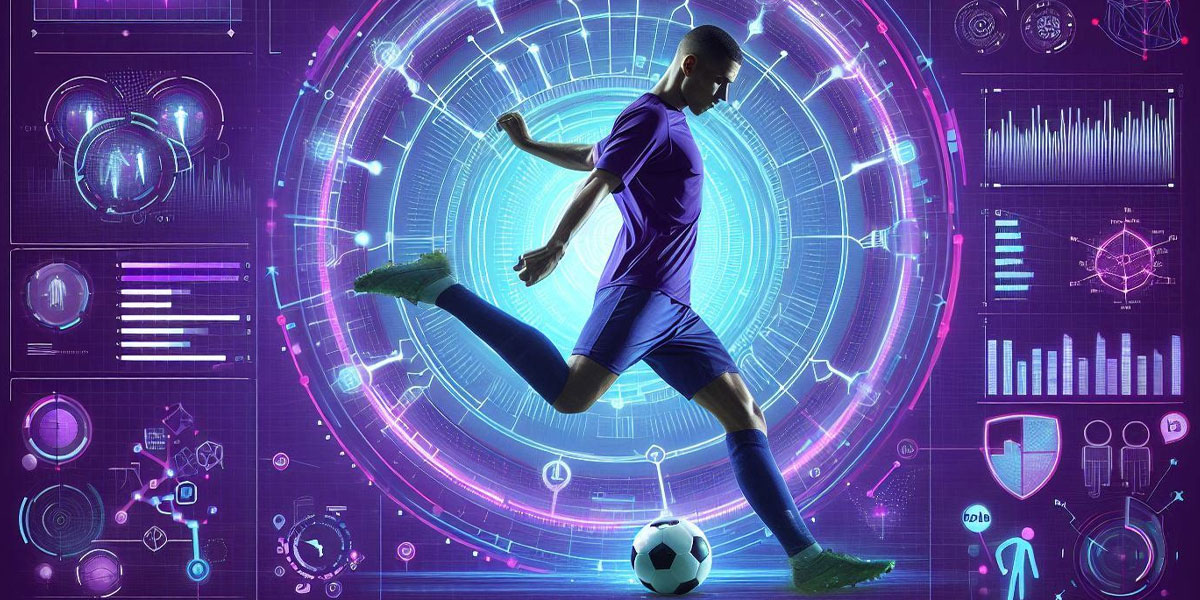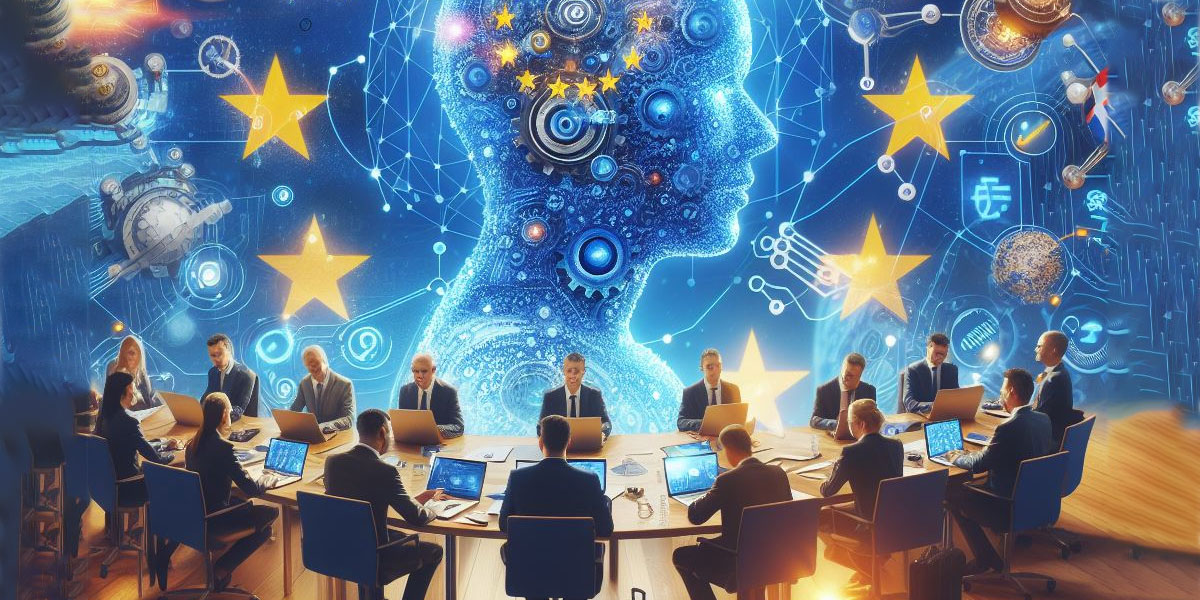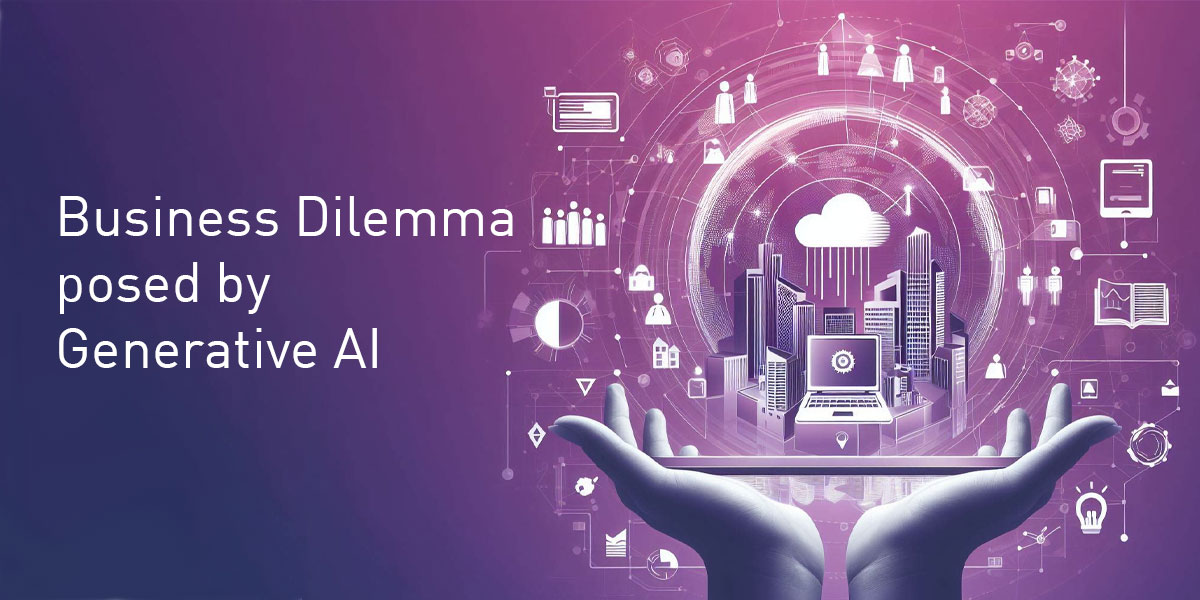Necessary cookies are absolutely essential for the website to function properly. These cookies ensure basic functionalities and security features of the website, anonymously.
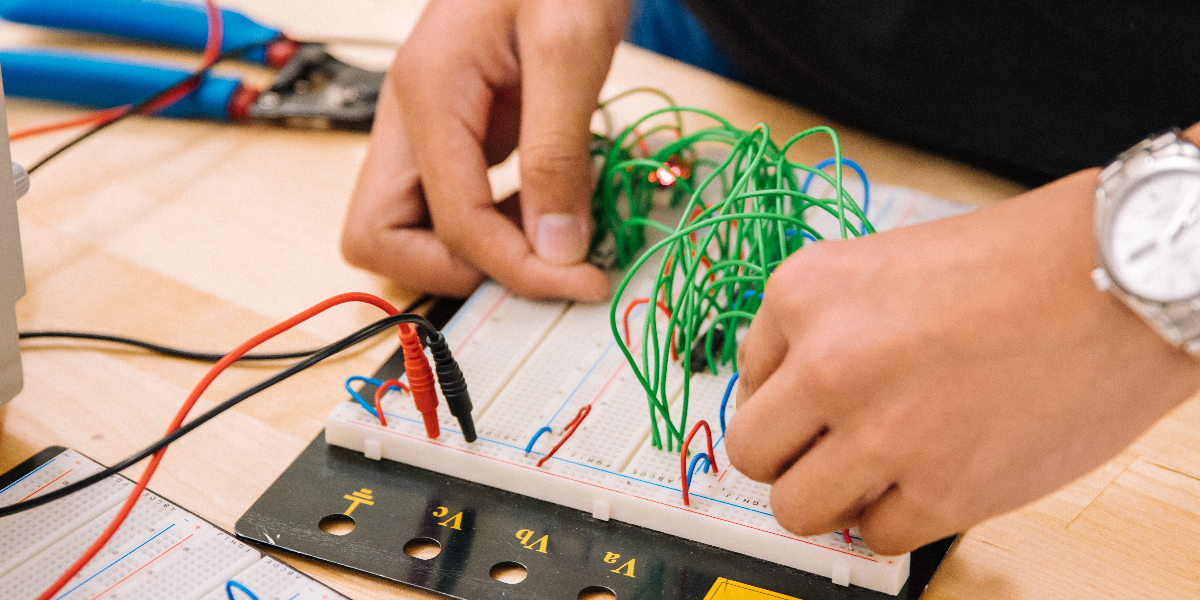
Reinforcement learning and the evolution of feedback mechanisms
Reinforcement learning (RL) stands at the intersection of innovation and transformation within the realm of artificial intelligence (AI). A blend of trial and error and a reward-penalty system, RL enables AI agents to learn autonomously and adapt to their environment. Let’s dive into the depths of RL and explore how modern AI techniques are shaping its trajectory:
Understanding reinforcement learning
As a subset of machine learning, RL is where AI agents learn from their environment through a feedback loop of rewards and penalties. The essence of RL is:
- Developers design rules that allocate positive values for desired actions and negative values for undesired ones
- Agents are guided to pursue long-term goals while avoiding negative consequences
- Algorithms like SARSA provide initial policy guidelines while others, like Q-learning, let agents self-direct their learning journey
- More advanced techniques like Deep Q-Networks blend neural networks with RL algorithms to handle more complex tasks
- RL’s unique reward-penalty mechanism sets it apart from other machine learning paradigms like supervised, unsupervised and semi-supervised learning
Real-life applications of reinforcement learning
- Self-driving cars - From optimising trajectories to planning routes, RL is the backbone of driving technologies such as AWS DeepRacer
- Healthcare - RL aids in developing treatment strategies and diagnosing medical conditions
- Industry Automation - R is behind Google’s achievement of reducing energy consumption in data centres by 40%
- Gaming - Agents such as AlphaGo utilise RL to defeat the world’s best humans at the domain game, as well as human-designed AI predecessors
- And the list continues across sectors like news recommendation, resource management and robotics
Advances in reinforcement learning with modern AI techniques
The AI community has recently seen a surge in open-source foundational models like Google’s UL2 and Databricks’ Dolly. This proliferation of AI techniques has been significant for reinforcement learning.
- Reinforcement learning with human feedback (RLHF) - Where human-annotated data guides the foundational model, ensuring they align with human values
- Fine-tuning techniques - Modern techniques like LoRa transform large, generic AI models into specialised, efficient models tailored for RL-specific tasks
- Instruction Fine-Tuning - This refines foundational models like GPT-3, enabling them to accurately follow complex multi-step instructions
Emerging paradigms: constitutional AI and reinforcement learning with AI feedback
Building on the idea of RL and feedback, the concept of constitutional AI (CAI) takes a significant leap forward. It is a method developed to train non-evasing and relatively harmless AI assistants without human feedback labels to avoid harmful actions.
The CAI process consists of both a supervised learning (SL) stage and a RL stage. In the SL phase, the process involves sampling from an initial model, generating self-critiques and revisions, and then fine-tuning the original model on revised responses. The RL phase involves sampling from the fine-tuned model and then training a preference model to evaluate which sample is better. It uses ‘RL from AI Feedback’ (RLAIF) and leverages chain-of-thought style reasoning to enhance decision making and control AI behaviour more precisely.
The motivation behind CAI is multifaceted, aiming to scale supervision by enlisting AI systems to supervise other AIs, improve AI behaviour by making it more transparent and reduce the need for new human feedback labels when altering objectives.
Conclusion
Reinforcement learning is no longer confined to academic discussions, like it was when I wrote my dissertation on it. Whether through human feedback, AI-generated feedback or innovative methods like constitutional AI, RL continues to grow and evolve.
As we stand on the brink of what might be the next big thing in AI, understanding these rapid developments becomes vital for anyone interested in the world of technology. Be sure to check our weekly IoA blogs, monthly webinars and learning content to stay up to date with the technological advances on the horizon.


